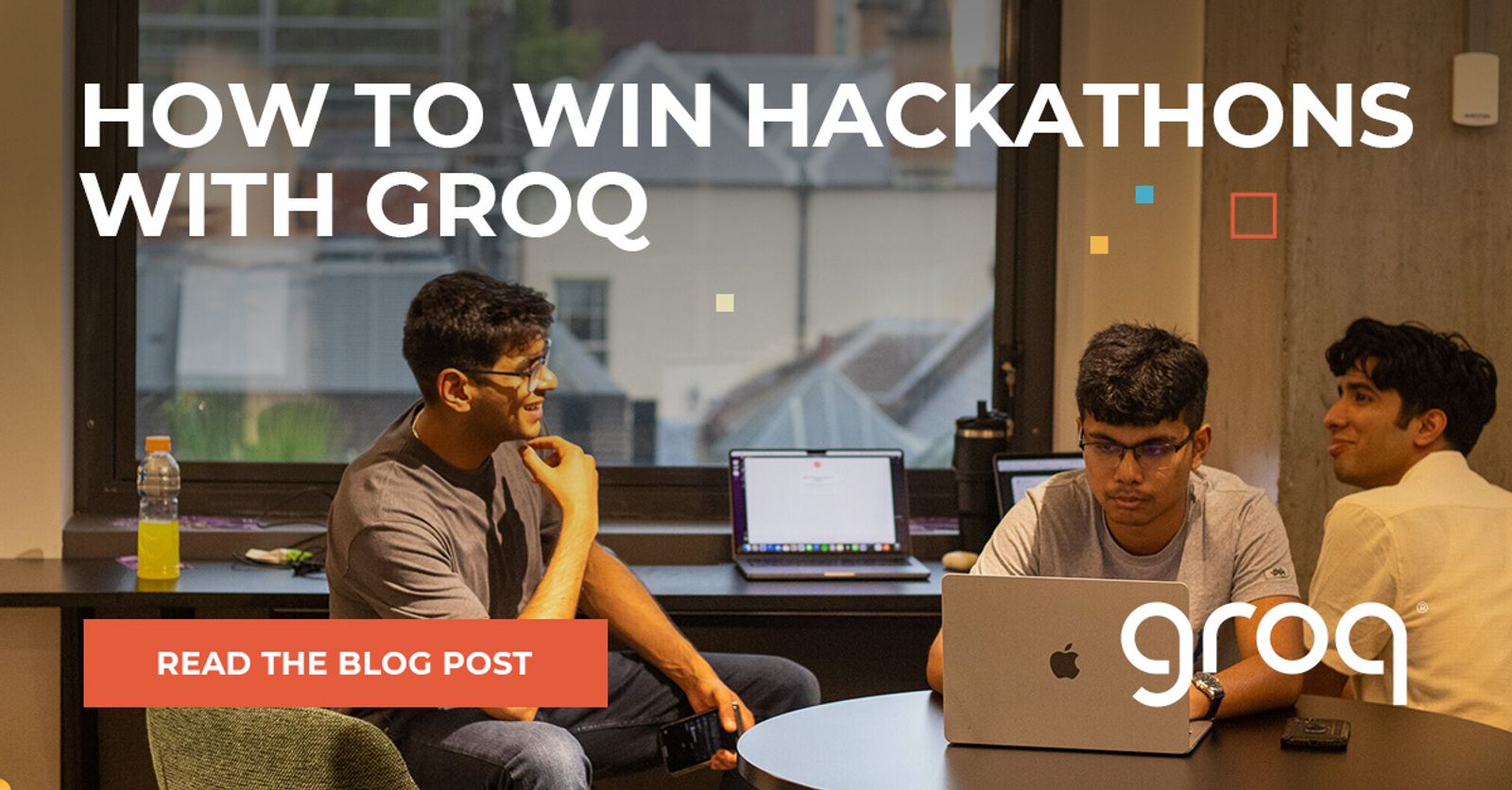
02/28/2025 · Chris Ho
How to Win Hackathons with Groq
Winning a hackathon can be a life-changing experience with a platform to showcase your skills, network with industry leaders, and gain recognition for your innovative solutions, the possibilities are endless. What’s the key to unlocking this opportunity? Preparation, strategy, and access to cutting-edge technology. This is where fast AI inference from Groq comes in – building on Groq means differentiating yourself from the competition and increasing your chances of winning a hackathon. Just ask the 600+ hackathon teams who have used Groq for their hackathon project.
What You Need to Succeed
Step one: Research. Get a feel for what you’re walking into by learning more about the hackathon, the theme, its past winners, rules, and judging criteria. Familiarize yourself with the format – is it online or in-person? What programming languages will be most relevant? Should you be up to speed on trends such as AI, computer vision, or agentic workflows?
The other key step is forming the right team. While you can participate in a hackathon individually, when you pool your skills and expertises with others’, your chances of success are much higher. Having a team means sharing the workload by dividing tasks based on each member’s strengths. It’s also helpful to have more people when challenges arise so that you can think through solutions together. A team with a diverse set of skills like programming, design, and business development can tackle a wider range of challenges and come up with better solutions.
Craft a Winning Idea
There’s no one “best idea” – what winning really comes down to is correctly identifying the challenges and pain points you’re looking to solve and addressing them in your solution.
Most hackathons have a general track everyone is eligible for as well as sponsored track prizes. To maximize the chances of winning, we’d actually recommend going for multiple tracks. You can do this by integrating sponsored technologies into your project so that you become eligible for sponsor track prizes. Take a look at the sponsors of the hackathon to get an idea of sponsored technologies that are available for you to tinker with, and help inspire the kind of project you want to develop.
Using sponsored technologies gives you a starting point for the type of project you build during the hackathon. If you’ve ever wanted to build an app with multi-agent capabilities, using a sponsor’s multi-agent technology might just be the inspiration you might need.
Groq fast AI inference can supercharge your hackathon project with access to popular open-source AI models running at top speeds. By signing up for a free GroqCloud™ account, you can utilize various AI model modalities such as Speech-to-text, Text-to-Speech, Text-toText, and Image-to-Text. Use Groq-hosted AI models to help your project have a unique value proposition that differentiates your solution. For example, you could use Image-to-Text LLMs powered by Groq to develop a solution that streamlines patient outcomes in healthcare or enhances customer experience in retail.
Oh, and pro tip – sign up today and tinker around with GroqCloud before your upcoming hackathon to give yourself a better idea of how you can utilize Groq in your projects!For more inspiration, explore past hackathon projects built on Groq here.
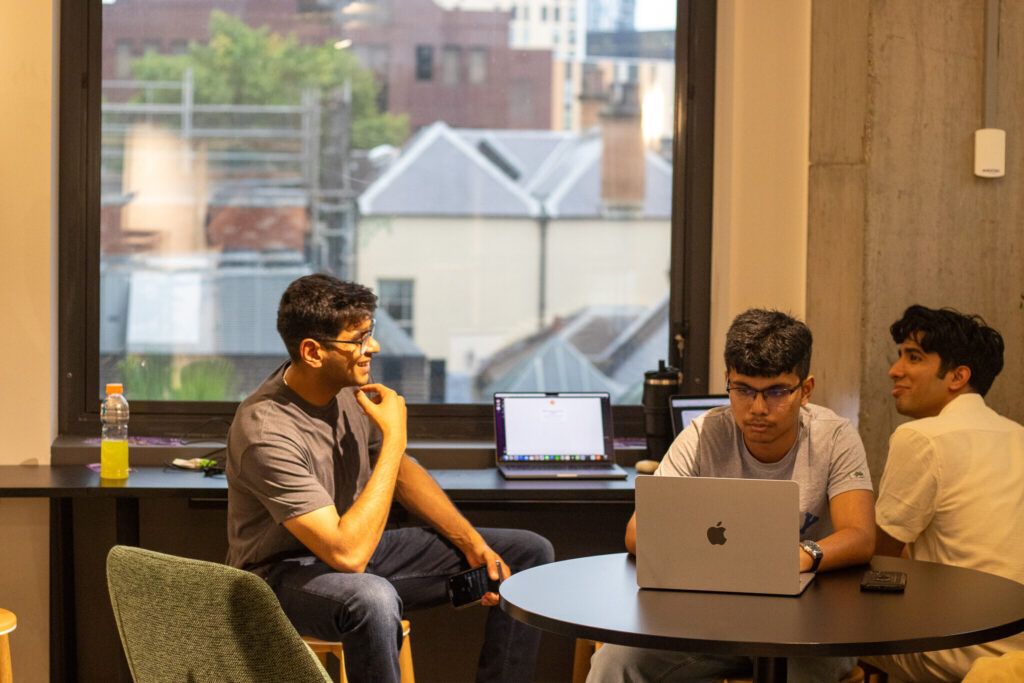
Execution & Prototyping
Once you have a solid idea, it’s time to execute and prototype! Make sure that your solution is both feasible and useful – does it actually solve a real problem, and is it something people would want to use? Prioritize building a minimum viable product (MVP) that demonstrates core functionality rather than trying to implement every feature at once. Building with Groq can significantly accelerate this process by handling AI inference and computation efficiently with our hosted models, allowing you to focus more on refining the user experience and overall functionality. Keep a tight feedback loop, testing often and iterating based on what works and what doesn’t.
Collaboration is another crucial aspect of execution. If you or a teammate get stuck, peer programming can be an effective way to debug and solve problems quickly. Utilize team strengths efficiently by dividing tasks based on expertise but remain flexible to adapt as new challenges arise. Time management is critical; set milestones throughout the hackathon to ensure steady progress. Another place you can use Groq? Use our fast AI inference at GroqChat™ to offload intensive tasks like outlining the project in the hackathon submission write up or creating a script for the project pitch, allowing you to focus on innovation rather than time-consuming bottlenecks. By staying agile and working iteratively, you can maximize both efficiency and impact within the hackathon’s limited timeframe.

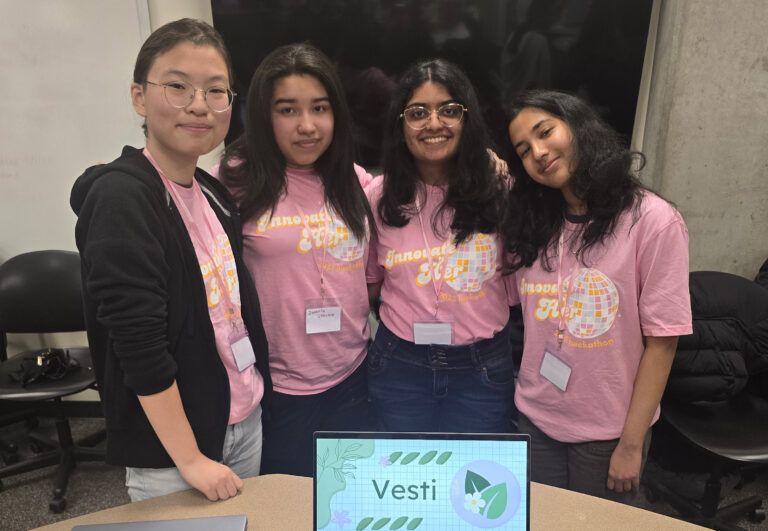
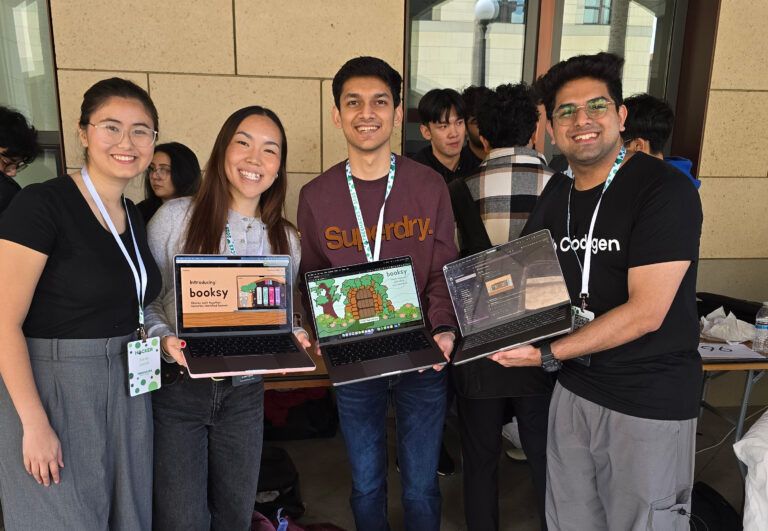
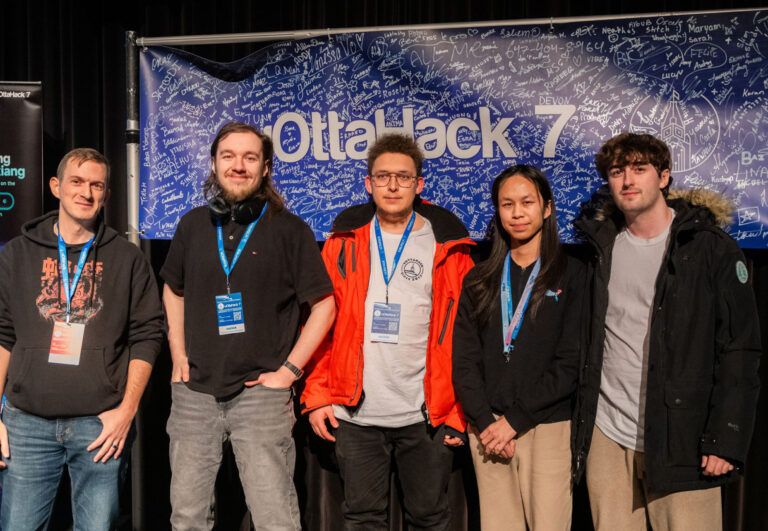
Presenting & Pitching
You typically have around seven seconds to make a first impression on someone. That means the basics matter – when you go to present to the judges, throw your shoulders back, make eye contact, and speak slowly and loudly enough that you can be heard and understood.
With those basics covered, one of the most impactful strategies is to make your presentation interactive. Judges are far more likely to remember and appreciate a project they can experience firsthand rather than one they only hear about in a pitch.
If possible, allow them to try out a live demo, interact with your product, or see the results in real-time. The speed Groq offers is sure to impress those who see it – we can’t tell you how many people say, “Wow!” in response. it. A well-polished prototype that works seamlessly during the demo can significantly boost your chances of winning.
If your project isn’t inherently interactive, consider showcasing a recorded walkthrough or an engaging visualization to demonstrate its functionality!
Additionally, your pitch should always be tailored to your audience. Judges at hackathons come from diverse backgrounds – some may be technical experts, while others may be business-oriented or even representatives from sponsor companies looking for specific use cases. Before delivering your pitch, take a moment to understand who will be evaluating your project:
- Engineers and Developers: Focus on the technical aspects – how you built it, the technologies you used, and what makes it efficient or scalable.
- Business Professionals: Emphasize market impact, monetization potential, and real-world applications.
- Sponsor Prize Tracks: Clearly highlight how you leveraged the sponsor’s technology in a way that goes beyond surface-level implementation.
To structure your pitch effectively, follow this simple framework:
- Problem Statement: Clearly articulate the problem you’re solving and why it matters
- Your Solution: Introduce your project and explain how it addresses the problem
- Technical Implementation: Give a brief overview of how it works under the hood
- Impact & Use Case: Explain who would benefit from your solution and how it can be scaled or improved
- Live Demo (if applicable): Let the product speak for itself with a seamless demonstration
- Closing Statement: End with a compelling summary and a call to action
Make sure to rehearse your pitch multiple times to ensure confidence and clarity. Be prepared for common questions like:
- What makes your solution unique?
- How does your technology work?
- Who is your target audience?
- What challenges did you face, and how did you overcome them?
Lastly, maintain those strong delivery skills like we mention above – speak clearly, be enthusiastic about your project, and engage with your audience. Enthusiasm is contagious; if you believe in your project, others are more likely to as well.
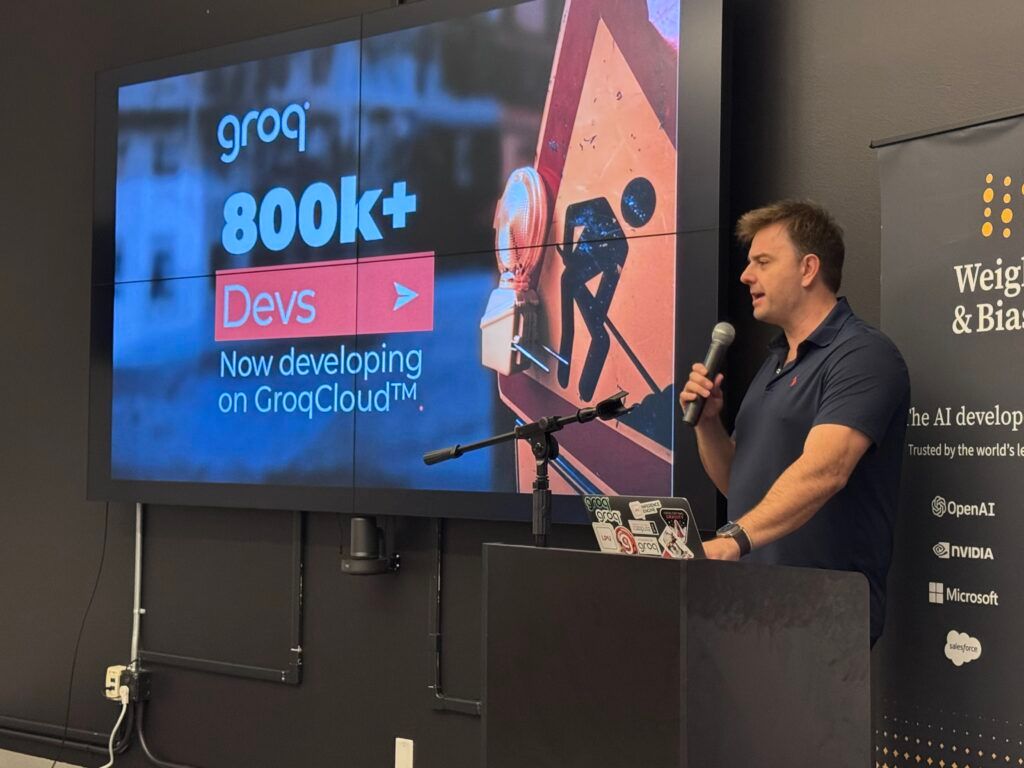
Ready, Set, Hack
We’ve shared our best advice for winning a hackathon, and we hope it works! From the research and prep, to the teamwork and innovative solutions, to demos that make it real – all of this will help you stand out.
But really, the ultimate goal of a hackathon isn’t just to win – it’s to learn. Hackathons mean experimenting with new technologies, collaborating with your closest friends, meeting fellow enthusiasts, and gaining hands-on experience with building, iterating, and pitching. Whether or not you take home a prize, the skills, connections, and insights you gain will serve you well in future projects and your broader career. Embrace the experience, take risks, and most importantly, have fun building something innovative!
Sign up for a free developer account today and start building your next innovative solution powered by Groq!
Authors
Chris Ho is an AI Application Engineer Intern at Groq. He has previously competed in and won hackathons. Additionally, he was the Vice President of the Oregon State University Hackathon Club where he was responsible for overseeing multiple hackathons and judging projects.
Dhruv Roongta is a sophomore at the Georgia Institute of Technology, and previously competed in CalHacks and HackMIT, and won both. Additionally, he is part of Startup Exchange Georgia Tech, where he helps mentor startup founders and organize hackathons.